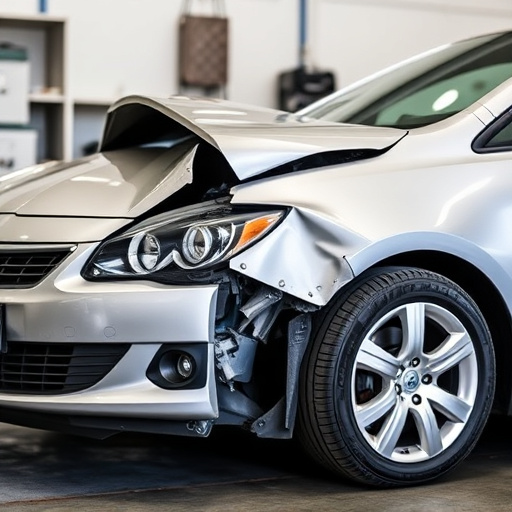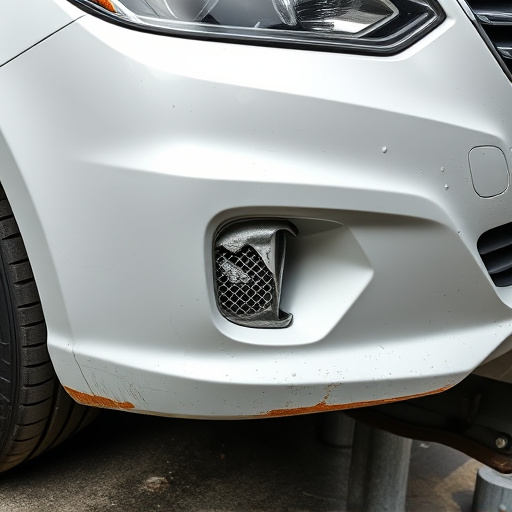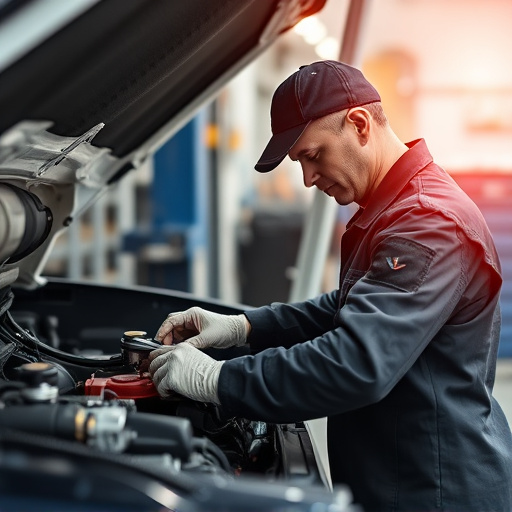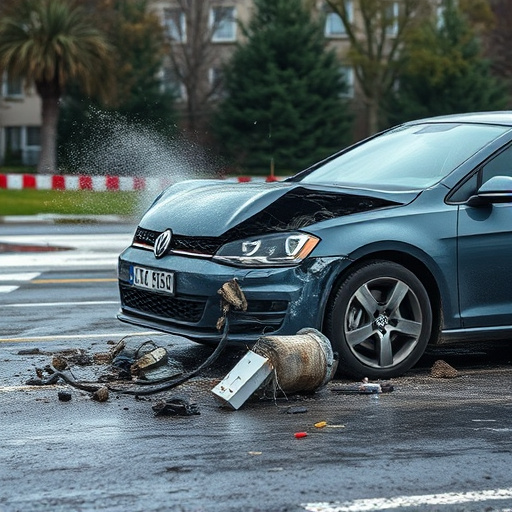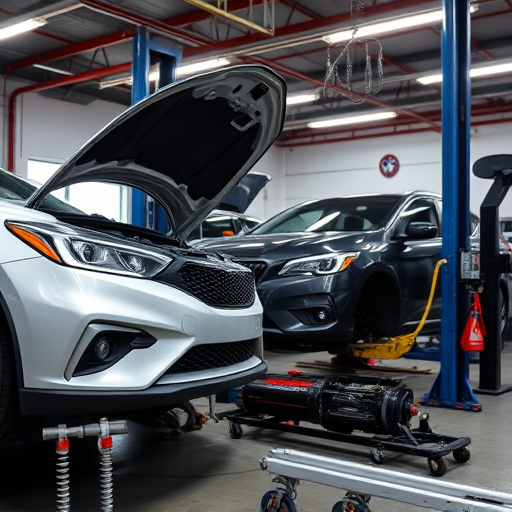Airbag safety certification standards guide vehicular safety through stringent design, testing, and deployment guidelines. Modern software updates refine airbag algorithms, ensuring precise timing and adaptability to vehicle models. Regular integration of certification with updates maintains luxury vehicle repairs' safety benchmarks, including car body work and tire performance. This process is crucial for advanced digital airbag systems' precision and reliability, enhancing overall vehicle safety and consumer confidence in modern automotive technologies.
In today’s automotive landscape, airbag safety certification is an integral part of ensuring passenger protection. As vehicles become increasingly sophisticated with software-driven systems, integrating airbag safety certification with vehicle software updates becomes crucial. This article delves into understanding the stringent standards behind airbag safety certification and explores the role of software in modern airbag technologies. We will also highlight how continuous integration of updates guarantees enhanced safety without compromising on technological advancements.
- Understanding Airbag Safety Certification Standards
- Role of Software in Modern Airbag Systems
- Integrating Updates: Ensuring Continuous Safety
Understanding Airbag Safety Certification Standards

Airbag safety certification standards are pivotal in ensuring the effectiveness and reliability of vehicular safety systems. These stringent guidelines govern the design, testing, and deployment of airbags, focusing on their performance during collisions to minimize injury risks. The certification process involves rigorous evaluations, including high-speed impact simulations, to mimic real-world scenarios accurately.
Meets and exceeds these standards are essential for vehicle manufacturers to demonstrate the safety of their cars. Regular updates to software controlling airbags are a crucial component of this process. Such updates can enhance deployment algorithms, improve timing precision, and adapt to evolving vehicle models or design changes. Thus, integrating airbag safety certification with software update mechanisms ensures that luxury vehicle repairs, including car body repairs, adhere to the latest safety benchmarks while maintaining optimal tire services.
Role of Software in Modern Airbag Systems
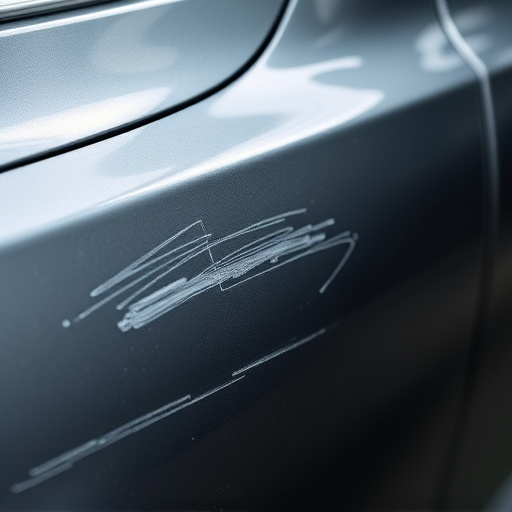
In modern vehicles, software plays a pivotal role in the operation of airbag systems, marking a significant evolution from their mechanical predecessors. These advanced systems are intricately coded to detect and analyze crash scenarios almost instantaneously. When a collision is sensed, complex algorithms trigger the deployment of airbags, ensuring faster response times and enhanced passenger safety. This digital integration has revolutionized not only the effectiveness but also the precision of airbag deployment, making them smarter and more adaptable to various accident types.
Airbag safety certification, therefore, involves rigorous testing and verification of this software to ensure its reliability in critical situations. With regular vehicle software updates becoming the norm, maintaining and updating these airbag systems is crucial for car manufacturers. It not only keeps the vehicles safe but also ensures that car paint services, vehicle dent repair, and other cosmetic enhancements don’t compromise the integrity of the airbag system, as these repairs often require precise adjustments to sensor placements and wiring, all of which are integral to the airbag safety certification process.
Integrating Updates: Ensuring Continuous Safety

Integrating airbag safety certification with vehicle software updates is crucial for maintaining continuous safety standards. As vehicles evolve with advanced technology, regular updates are essential to address new challenges and improve overall performance. This process ensures that every component, including airbags, functions optimally, aligning with modern safety regulations.
Effective integration requires a systematic approach. Auto manufacturers must consider collision repair and vehicle paint repair as part of the update strategy, guaranteeing that any changes do not compromise the integrity of safety systems. By regularly certifying updated software, they can assure consumers of enhanced airbag deployment accuracy and reliability in the event of an accident, thereby fostering confidence in modern automotive technologies.
Airbag safety certification plays a vital role in ensuring vehicle safety, and its integration with software updates is a game-changer. As modern vehicles become increasingly reliant on sophisticated software, regular updates are essential to maintain optimal airbag performance. By combining rigorous certification standards with continuous update practices, automakers can guarantee that airbag systems remain effective and reliable, providing passengers with peace of mind and enhancing overall vehicle safety.

